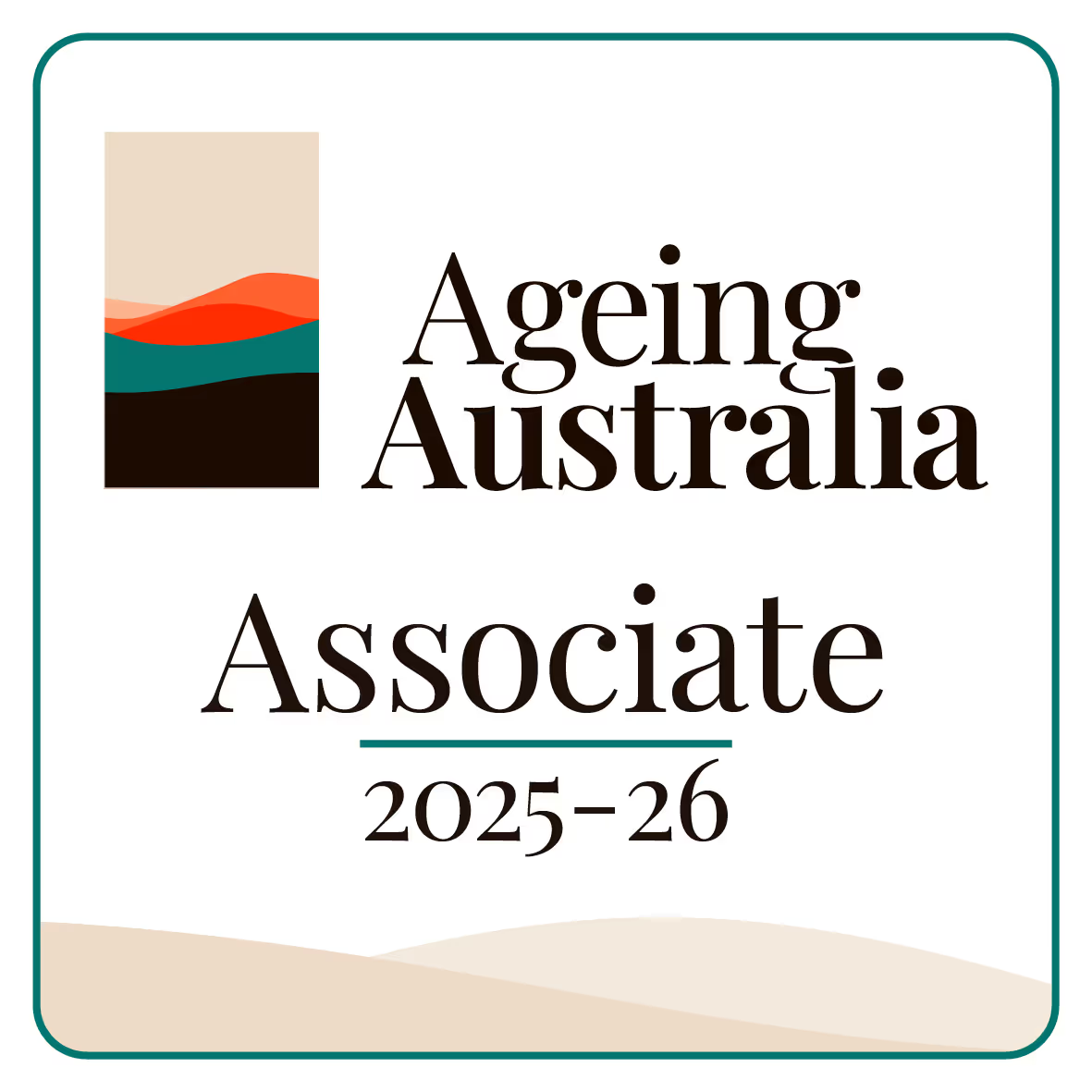Caring for others is one of the most important jobs in our society. If you are a caregiver, a healthcare professional, or manage an aged care facility in Australia, you know this work is demanding. It asks for your physical strength, your mental focus, and your emotional energy every single day.
Because the work asks for so much, the risk of burnout is very high. Caregiver burnout is more than just feeling tired; it is a deep state of exhaustion that can affect your health, your happiness,and the quality of care you provide.
For a long time, identifying burnout was a slow and difficult process. It often relied on managers noticing a change in behavior or a caregiver finally asking for help—which often happens too late.
Now, we have new support tools that can help. We can use technology to spot the very early warning signs of stress and burnout. This is not about replacing human managers. It is about giving them a new tool to better support their teams. This article explains how Caregiver Burnout AI works and how it is becoming a key part of staff wellness programs in Australian aged care.
What Is Caregiver Burnout?
Before we look at the solution, we must understand the problem. Burnout is a specific type of work-related stress. It is a state of physical or emotional exhaustion that also involves a sense of reduced accomplishment and loss of personal identity.
You might be experiencing burnout if you constantly feel:
- Exhausted: You feel drained and depleted, even when you get rest.
- Detached: You feel distant from your residents, clients, and coworkers. You might feel numb or cynical about your work.
- Ineffective: You feel like you are not making a difference. You might doubt your own skills or feel a sense of failure.
In the Australian aged care sector, the pressures are unique. You face staff shortages, high administrative loads, and the deep emotional weight of caring for vulnerable people. This is a perfect recipe for burnout.
When caregivers are burned out, it is not just a personal problem. It affects the whole facility. It can lead to higher staff turnover, more sick days, and an increased risk of mistakes or incidents. Protecting the wellbeing of staff is a central part of providing high-quality care.

How AI Can Identify Burnout Risk
You might be wondering, "How can a computer program know I am stressed?"
An artificial intelligence, or AI, system does this by looking for patterns in data. It is not about "watching" any single person. Instead, it looks at information that your facility already has. It acts like an early warning system. Governa AI develops systems that can spot these patterns early, so managers can offer support before a problem becomes a crisis.
Here are the kinds of patterns an AI can find.
1. Workload and Roster Patterns
Burnout is often a simple case of math. A person can only do so much work for so long. An AI can look at scheduling data to find risks.
- Excessive Overtime: Is one caregiver always picking up extra shifts?
- Not Enough Rest: Are staff members working "clopen" shifts (closing one night and opening the next morning)?
- High-Intensity Shifts: Is one caregiver always assigned to the most high-needs residents without a break?
The AI can flag these roster patterns to a manager. The manager can then look at the schedule and make it fairer. It is not about blame; it is about balance.
2. Administrative Data Trends
In aged care, paperwork is a huge source of stress. You are often asked to document everything, which takes time away from actual care.
An AI can look at the data around these administrative tasks.
- Time Spent: Is it suddenly taking a caregiver twice as long to complete their reports? This could be a sign of fatigue or feeling overwhelmed.
- Report Quality: Are reports becoming very brief, incomplete, or filled with errors?
- Late Submissions: Are incident reports or daily logs consistently filed late?
These small changes might be invisible from day to day. But an AI system can see the trend over weeks and alert a manager that a team member might be struggling with their workload.
3. Sentiment Analysis in Text
This is one of the most powerful support tools AI offers. Sentiment analysis is the ability for an AI to read text and understand the emotion or feeling behind the words.
It can be applied to anonymous staff surveys or feedback systems. If a facility asks "How was your week?" in an optional survey, an AI can read all the answers.
- It can count how many times words like "tired," "frustrated," "impossible," or "sad" appear.
- It can track if this language is increasing over time.
- It can see if these negative words are linked to a specific topic, like "the new software" or "night shift."
This gives managers a clear, honest look at team morale. It shows them exactly what is causing stress so they can fix it.
4. Incident and Risk Patterns
AI can also help connect the dots between staff wellness and resident safety. It can analyze incident reports to see if there are patterns.
- Is there a small increase in minor falls in a specific wing?
- Are there more medication errors happening on a certain shift?
These events are often signs that the staff in that area are overworked, rushed, or exhausted. The AI does not punish the staff; it alerts the facility that this team needs more help, more training, or a lighter workload.
How AI Acts as a Support Tool
Identifying the problem is only the first step. The real goal of Caregiver Burnout AI is to provide solutions. An AI is not just a warning light; it is a tool to help fix the problem.
Reducing the Administrative Burden
This is one of the most direct ways to reduce burnout. Caregivers want to care for people, not fill out forms.
AI can help automate many of these repetitive tasks. For example, a caregiver could use their voice to report on a resident's condition. The AI listens, transcribes the words, and places the correct information into the official resident file.
This simple change can give caregivers back an hour or more each day. That is an extra hour to spend with residents, take a proper break, or simply breathe.
Building Smarter, Fairer Schedules
Instead of a manager spending hours trying to build a complex roster, an AI can help.
A manager can set the rules, suchas "No person works more than two double shifts" or "Everyone gets one full weekend off a month." The AI can then generate a draft schedule in seconds that follows all the rules and balances the workload fairly.
It can also help manage unplanned leave. If someone calls in sick, the AI can instantly suggest the best person to call, based on who is rested and has the right skills, rather than just calling the same person who always says yes.
Delivering Proactive Wellness Resources
When an AI system notices an early sign of stress, it can automatically offer help.
Imagine this: The system sees your roster has been very heavy for three weeks. It could send a private, automated message to your work device. This message might say:
"We recognize your workload has been high recently. Here is a link to a 3-minute video on managing stress, and a reminder about the free counseling service available to all staff."
This is not a manager telling you to "tough it all out." It is a private, non-judgmental system offering you a tool at the exact moment you might need it.
The Big Picture: AI in Aged Care
For many years, the focus of AI in Aged Care has been on residents—monitoring for falls, tracking health, or providing new forms of entertainment.
This is important work. But a truly smart and healthy aged care facility understands that staff wellness and resident wellness are two sides of the same coin. You cannot have high-quality resident care without having healthy, happy, and supported staff.
Technology like Caregiver Burnout AI represents a new direction. It uses technology to care for the carers.
In Australia, the Aged Care Royal Commission highlighted the deep, systemic problems in the sector, especially around staffing and quality. Part of the solution must be to find better ways to support our aged care workforce. These new AI support tools are a critical part of that solution. They help create a work environment where people can do their best work without sacrificing their own health.
You can learn more about how Governa AI is contributing to this new wave of AI in Aged Care and helping Australian facilities build stronger, more resilient teams.
A Note on Privacy and Trust
When people hear about AI monitoring, they sometimes worry about "Big Brother." You might be thinking, "Is this AI spying on me? Will I get in trouble?"
This is a very important concern. It is essential to understand how these systems are built.
- The Goal is Support, Not Punishment. These systems are built to help, not to catch people out. The goal is to identify when a team is under pressure so that managers can provide more support, like extra staff or different tools.
- Data is Often Anonymous. When using tools like sentiment analysis, the AI is looking at all the feedback together. It does not report, "This specific person said this." It reports, "30% of staff mentioned feeling tired."
- Focus on Patterns, Not People. The system is designed to find large-scale trends. It is less concerned with one person's single bad day and more concerned with a whole team's steady decline in wellbeing over a month.
At Governa AI, we believe that trust is the foundation for any new technology. These tools must be introduced with clear communication, strong privacy protections, and the clear, single goal of improving staff wellness.

The Future of Staff Support Is Here
Caregiver burnout is not a personal failure. It is a workplace problem that is created by high demands, low resources, and immense pressure. For too long, we have placed the burden of managing burnout on the individual caregiver.
Now, we have the tools to make it a shared responsibility.
By using Caregiver Burnout AI, aged care facilities can move from being reactive to being proactive. They can stop fires before they start.
This technology helps managers see the invisible. It helps reduce the tasks you hate, like paperwork, and gives you more time for the work you love, which is caring for people. It is one of the most practical ways we can begin to fix the burnout crisis in Australian aged care and build a system that truly cares for everyone.
Do not wait for burnout to affect your team.
If you are an aged care provider in Australia, it is time to look at new ways to support your staff. See how Governa AI can help you use data to build a healthier, stronger, and more supported workforce.
Contact Governa AI today to schedule a demonstration of our staff wellness and support tools.










